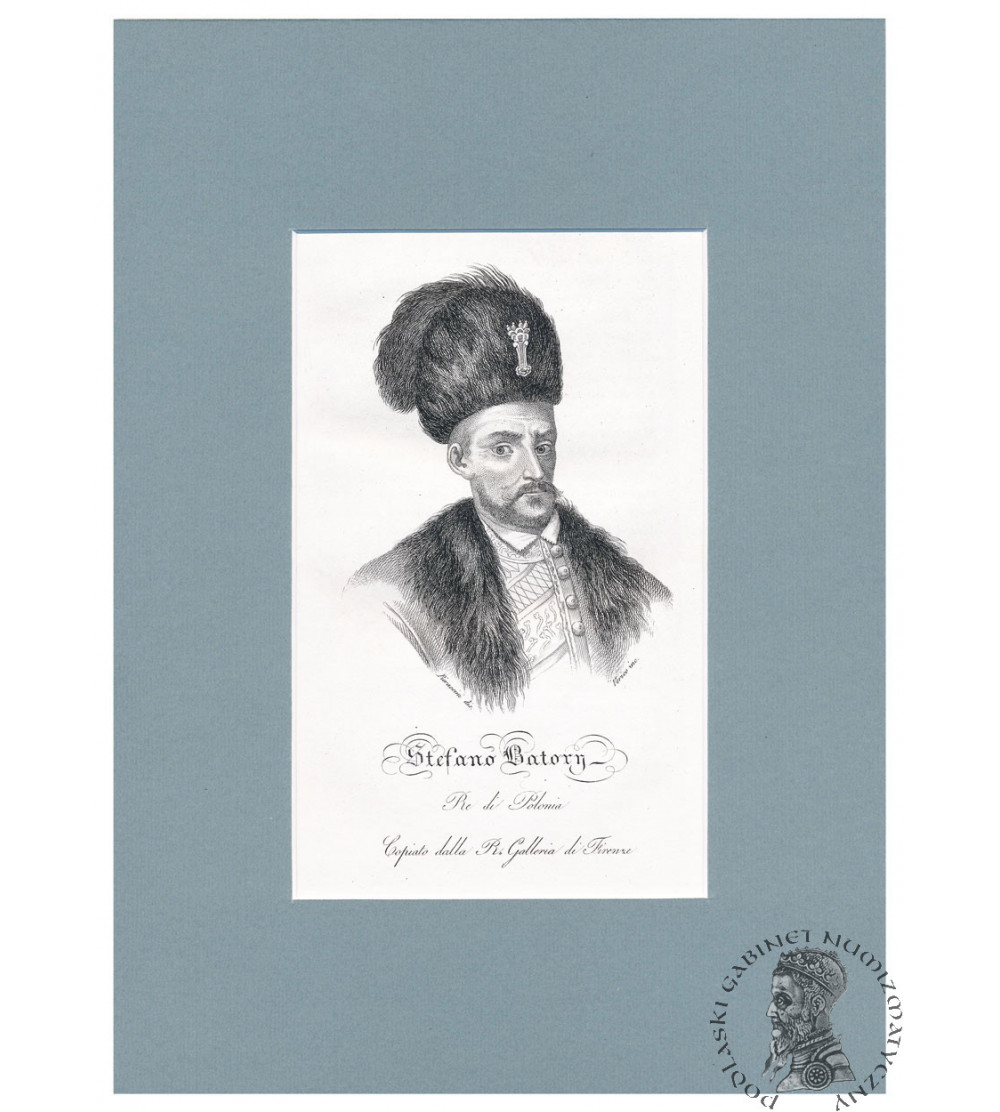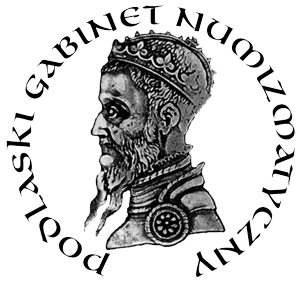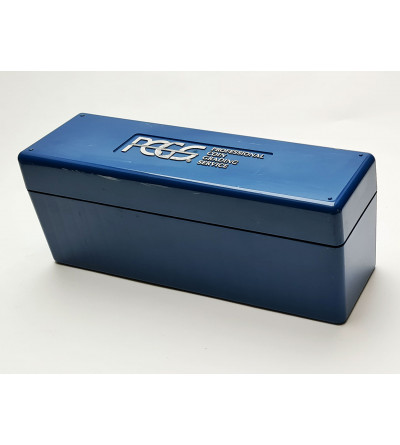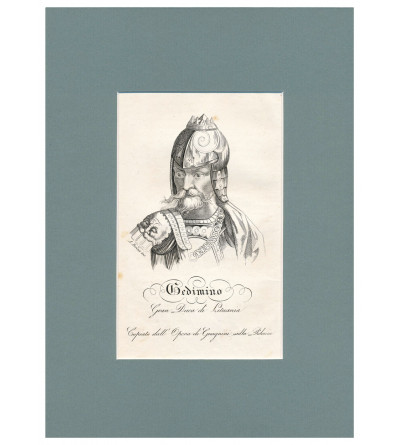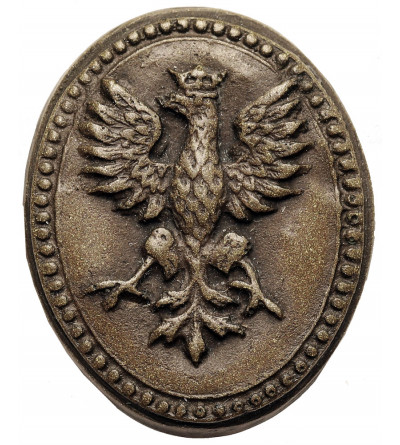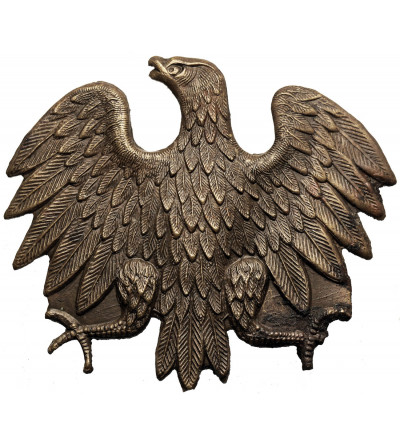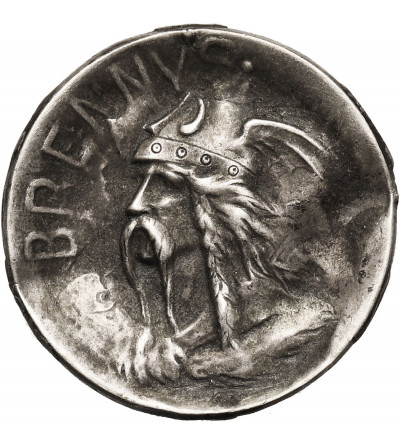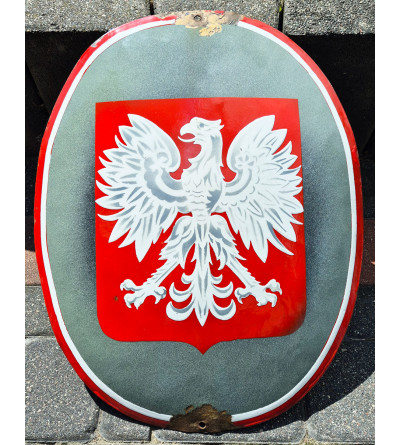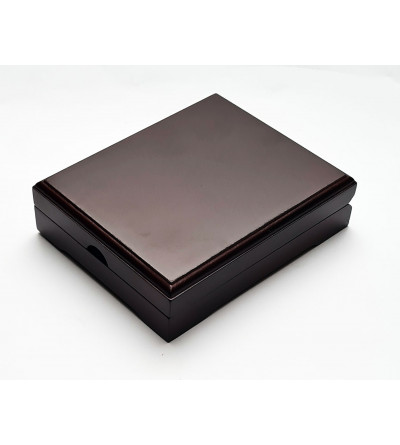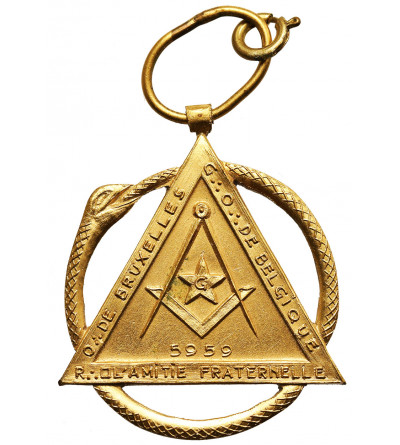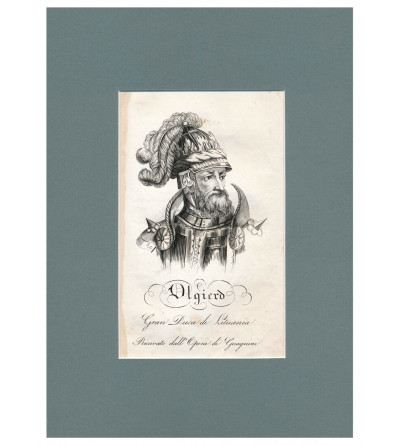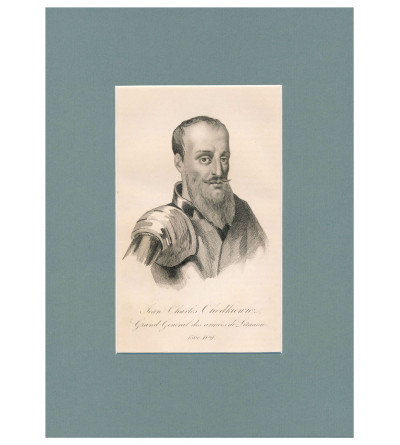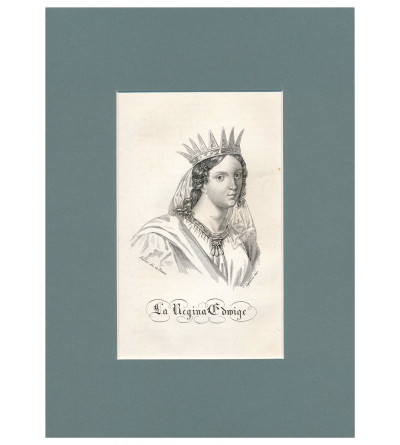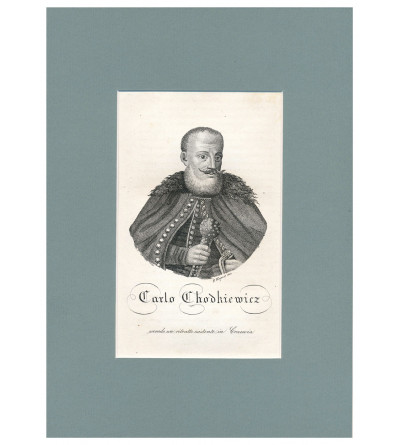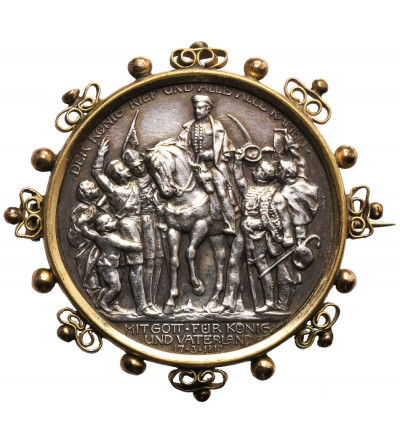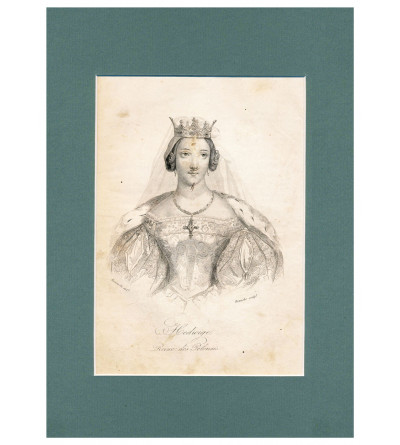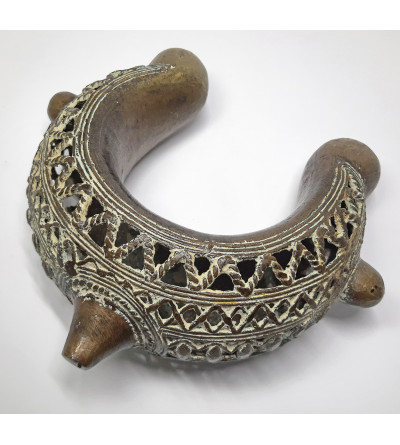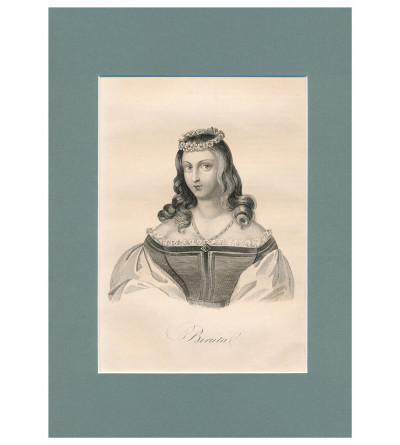Stefan Batory (1533-1586) Prince of Transylvania and electoral king of Poland. He was elected ruler of Transylvania in 1571 with the support of the Turkish Sultan. After the flight of Henry of Valois, he unexpectedly emerged as one of the strongest candidates for the Polish throne. Despite the resistance of the magnates and high officials of the state, the nobility hailed him as the new monarch on December 15, 1575. He agreed to marry Anna Jagiellonka, previously elected king, and was crowned on May 1, 1576. Stefan Batory avoided his wife, disrespected her and did much to cut her off from political affairs. Quickly there was a de facto breakup of the marriage: the monarch was away at war or at Wawel, the monarch had her own court in Warsaw. He suppressed the resistance of Danzig and conducted three victorious campaigns against Moscow ruled by Ivan IV the Terrible, capturing Polotsk, Velikiye Luki and Pskov in turn. Through him, Poland captured almost the entire territory of Inflants. He relinquished royal judicial powers, placing them in the hands of the Crown and Lithuanian tribunals. He also established the Chosen Infantry, in the ranks of which peasants from the royal estates fought. He died after a long illness of kidney disease. Source: ciekawostkihistoryczne.pl
"STORIA DELLA POLONIA" BY BERNARD ZAYDLER - THE HISTORY OF POLAND IN PICTURES TOLD TO ITALY Title of the work Storia della Polonia fino agli ultimi tempi scritta dal dottore Bernardo Zaydler Polacco membro della Regia Società degli Amici delle Scienze in Warsavia, e di pare-cchie accademie letterarie italiane can be translated as "History of Poland until the last times written by Dr. Bernard Zaydler, a Pole, member of the Royal Society of Friends of Sciences in Warsaw and similar literary academies in Italy." It was published in the Florentine outhouse V. Batelli e Figli, in 1831, that is, during the November Uprising, when the Polish-Russian war was taking place on Polish soil. The "ultimi tempi" mentioned in the title, however, did not include the uprising, and the last chapter of the book was devoted to the flourishing Kingdom of Poland under Czar Nicholas I, whose portrait precedes the title page of the publication. The book consists of two volumes, the first of which has 440 pages and the second -720. The work is illustrated with 107 charts, created in intaglio by Florentine printmakers based on contemporary and ancient engravings. There are also two maps depicting the borders of Poland: pre-partition and from 1831.As Jadwiga Jaworska matter-of-factly describes the book's illustrations, they are "flimsy engravings made by mediocre engravers" . Most of their authors are known mainly from this very publication and only their names, often without first names, fixed in signatures under the compositions, have survived to our times. These included: Corsi , Verico , Adamo Bozza , Nasi, Cignozzi. Among the illustrators, the name of Francesco Pieraccini appears , about whom also little is known. Source: Kamilla Pijanowska, National Museum in Warsaw
